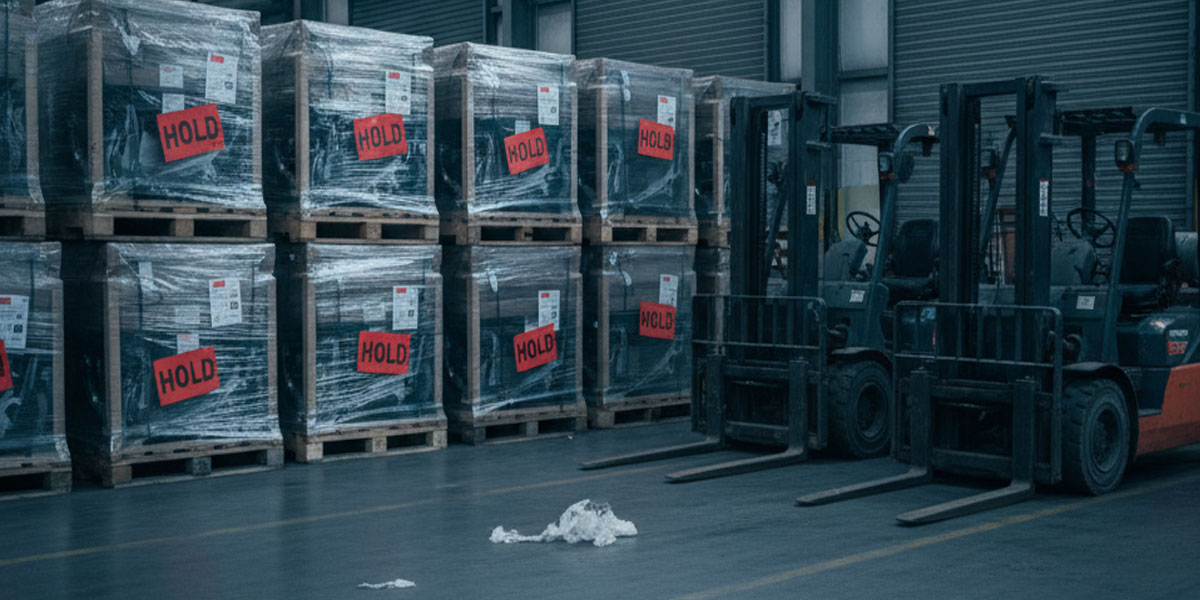Once again, Michigan’s business community is caught in the crosswinds of Washington gridlock. The federal government shut down early Wednesday after Congress failed to reach a budget deal, marking the nation’s first shutdown in six years. Roughly 750,000 federal workers are sidelined nationwide, including nearly 30,000 in Michigan.
Essential personnel like border agents, military members, and air traffic controllers are still reporting to duty without pay. But the shutdown injects another dose of uncertainty into an economy already wobbling from inflation, high interest rates, and supply chain headaches. For Michigan manufacturers—who have been carrying much of the state’s growth over the last decade—the timing could hardly be worse.
Immediate Economic Impacts in Michigan
Even in its first days, the shutdown is rippling through daily business activity. Federally funded services are scaling back. National parks like Isle Royale and Sleeping Bear Dunes are closed, undercutting fall tourism at a time when northern Michigan depends heavily on visitor dollars.
More critically, business processes that require federal approval are now stuck. Real estate closings tied to the National Flood Insurance Program have been delayed. Environmental permits needed for construction and factory expansion projects are on hold. The Detroit Regional Chamber has warned that these bottlenecks can quickly snowball into broader slowdowns if the shutdown drags on.
Michigan manufacturers who depend on government contracts face uncertainty over payments. Federal loans and grants that many small and mid-sized firms count on to finance growth are frozen. And in an economy built on consumer demand, every missed paycheck for a federal employee translates into fewer household purchases.
As one Chamber report put it bluntly: when confidence erodes, the slowdown spreads across the economy like a ripple in a pond.
Strains on Manufacturing and Supply Chains
Michigan’s manufacturing base was already facing stiff headwinds before this latest disruption. Tariffs on steel, aluminum, and imported auto parts have driven up costs. The automotive supply chain—which supports about 1.2 million Michigan jobs—has been tested by higher input prices, shifting trade rules, and uneven demand.
Governor Gretchen Whitmer recently underscored the risk, noting that auto parts often cross the U.S.–Canada and U.S.–Mexico borders multiple times before a car rolls off the line. A 25% tariff on imported parts, combined with ongoing duties on steel and aluminum, has only added volatility.
“Uncertainty breeds paralysis. And paralysis costs jobs,” Whitmer warned. Manufacturers who plan investment cycles five to ten years out are struggling to commit capital in such an unpredictable environment.
Now, with the federal shutdown, those challenges deepen. Customs and border staff are still on the job, but working without pay. Supply chains could seize up if inspections, export licenses, or product certifications begin to backlog. For agriculture and automotive—Michigan’s two largest industries—the risks are tangible.
Farmers depend on federal crop reports, loan programs, and inspections. Automakers need reliable logistics, steady consumer demand, and timely regulatory approvals. Tariffs, policy swings, and pandemic-era scars had already tested manufacturers’ resilience. A prolonged government shutdown would amplify those pressures, leading many firms to pause expansion, hold off on new hires, or push back investment decisions.

Consumer Confidence and Workforce Ripple Effects
Michigan’s economy tends to “catch the flu” when the U.S. catches a cold. In recent months, the national outlook has been shaky: inflation has stayed stubborn, interest rates remain high, and industrial production has shown signs of softening. Surveys indicate that 87% of Michigan business leaders were already bracing for a downturn in 2025, even before the shutdown hit.
Now, with thousands of Michigan families missing federal paychecks, consumer sentiment could dip further. Families of furloughed workers are likely to cut back on discretionary purchases—everything from new cars to household appliances. Local small businesses near federal offices, courts, and research facilities are already reporting a drop in customers as workers stay home.
If the shutdown lingers for weeks, those lost paychecks will start to echo through the wider economy. Auto dealers may see potential buyers postpone big-ticket purchases. Restaurants and retailers may see foot traffic decline. For a state that leans heavily on consumer-driven industries, the strain could mount quickly.
The shutdown also freezes parts of the workforce pipeline. Proposed cuts to the Department of Labor budget had already raised alarms about job training programs like Job Corps. While the cuts are not yet in effect, the funding lapse has stalled new enrollments and slowed apprenticeships. Business groups argue this couldn’t come at a worse time, with manufacturers struggling to fill skilled trades jobs.
Grand Rapids—Michigan’s second-largest city—has shown resilience in real estate and consumer spending. But even there, business leaders admit that local strength can only cushion so much if Washington gridlock continues.
Historical Parallels and Long-Term Outlook
Federal shutdowns are not new. Since 1977, there have been 21 funding lapses. Most were short, lasting just a few days. But extended shutdowns have proven costly.
The 2018–2019 shutdown, the longest in U.S. history at 35 days, sidelined hundreds of thousands of workers and cost the U.S. economy $11 billion, including $3 billion that was never recovered. The 2013 shutdown, which lasted 16 days, shaved an estimated $24 billion off GDP. Past experience shows that the longer the shutdown lasts, the harder it becomes for businesses to absorb the hit.
Here’s How the Shutdown Timeline Could Play Out:
Week 1: Federal employees miss their first paycheck. Household budgets tighten immediately. Federal contractors begin to slow or suspend work. Businesses treat it as a nuisance but hope for a quick fix.
Week 2: A second missed payday looms. Strain on households deepens. Contractors idle projects or lay off staff. Auto dealers notice customers backing away. Business investment decisions get shelved.
Week 4 (One Month): The shutdown nears record length. Backlogs grow at agencies like the EPA, FDA, and Commerce Department. Plant permits, product approvals, and export licenses are delayed. Infrastructure projects in Michigan grind to a halt. By now, billions have been lost nationwide, and Michigan’s manufacturing-heavy economy feels the pinch directly.
Michigan enters this period with mixed footing. State GDP growth was flat in early 2025, and unemployment has crept above the national average at 5.4%. Manufacturing job gains have stalled. Each week that passes without a resolution in Washington adds to the risk of a deeper slowdown.
Calls for Resolution, With Frustration Growing
Republicans and Democrats remain locked in a standoff over federal spending, with each side blaming the other. Both insist they want a solution, yet the longer it drags on, the more pressure builds outside Washington.
In Michigan, leaders from both parties are voicing concern. There is widespread agreement that prolonged gridlock helps no one. The Detroit Regional Chamber and the Michigan Manufacturers Association have urged swift action, warning that prolonged uncertainty undermines investment, hiring, and economic stability.
“We need our leaders to come together—the economy should not be a pawn,” one Grand Rapids manufacturer said, noting his company has already delayed adding new jobs because of the unpredictable policy environment.
A State That’s Learned Resilience
Michigan’s manufacturers are no strangers to disruption. They’ve endured the financial crisis, the pandemic, trade disputes, and the global supply chain crunch. Many firms now keep contingency plans ready for moments like these. But that doesn’t mean the fatigue isn’t real.
If Washington resolves the impasse quickly, the impact will likely be contained—an inconvenience rather than a crisis. But if the shutdown stretches into weeks, the cascading effects on supply chains, consumer demand, and investment confidence could weigh heavily heading into winter.
For now, Michigan business owners and workers are doing what they always do: adapting, planning, and hoping Washington finds a way forward. Still, there’s a growing sense that each new round of political chaos chips away at the state’s ability to build, hire, and grow. And that’s a cost Michigan can’t afford to keep paying.


